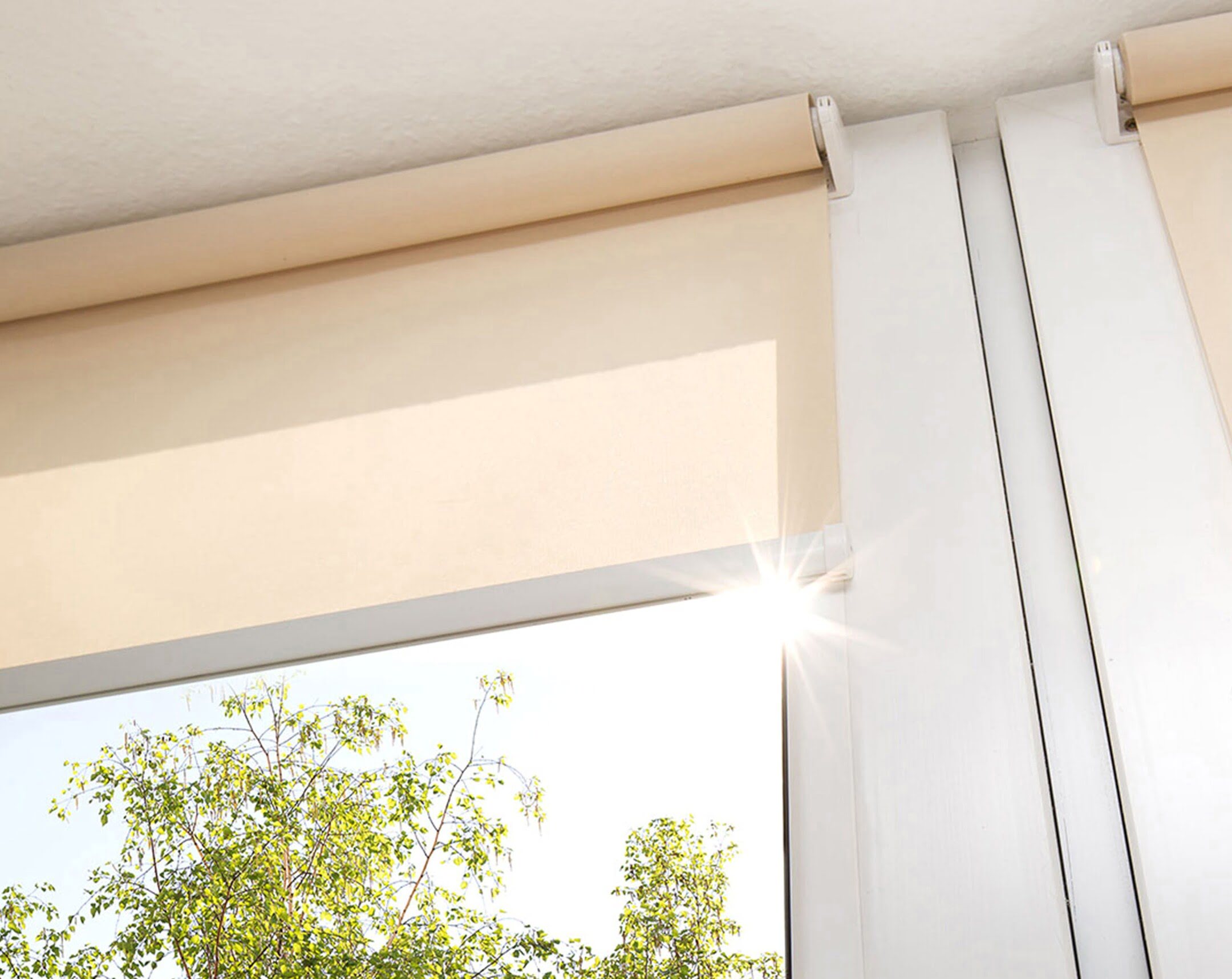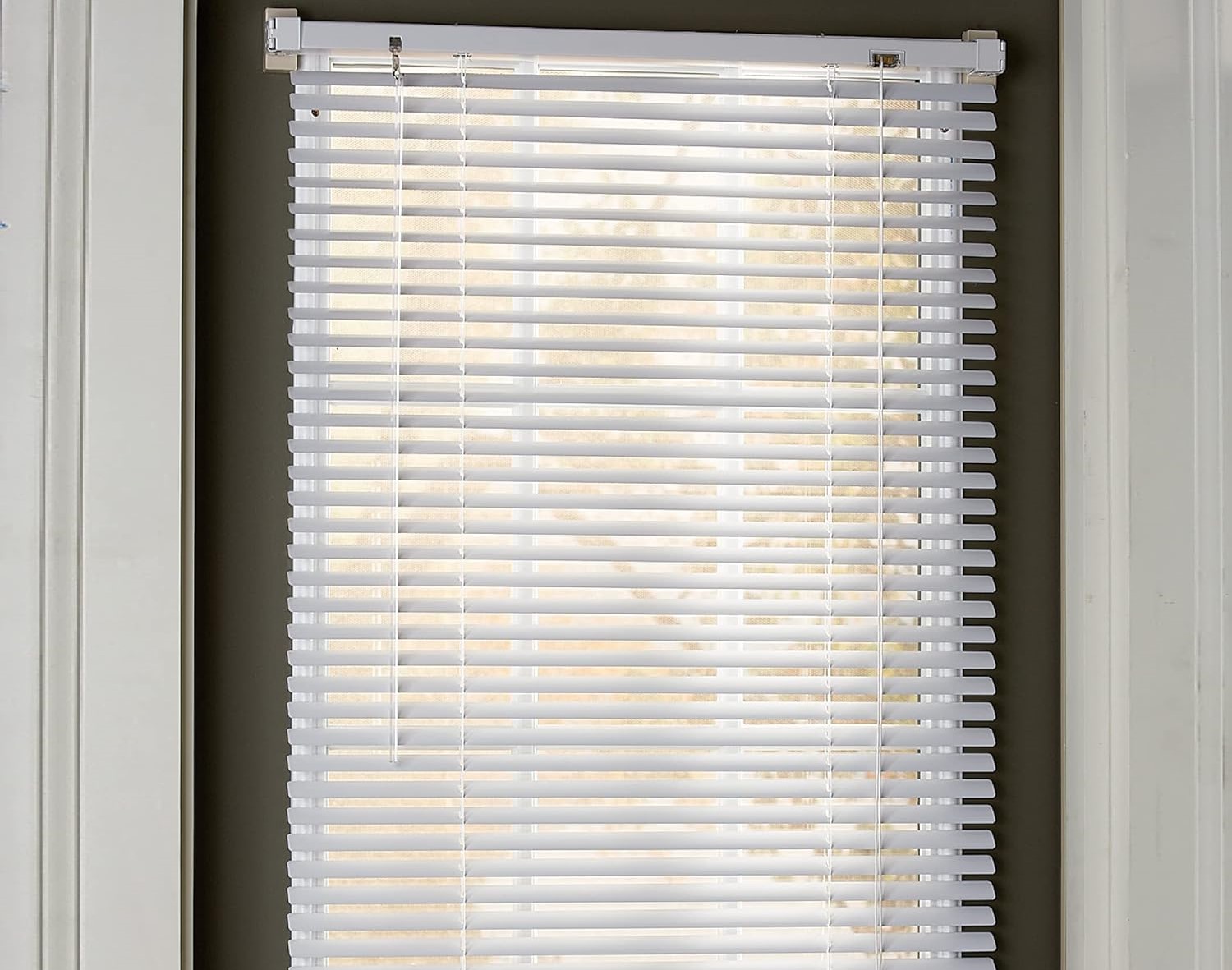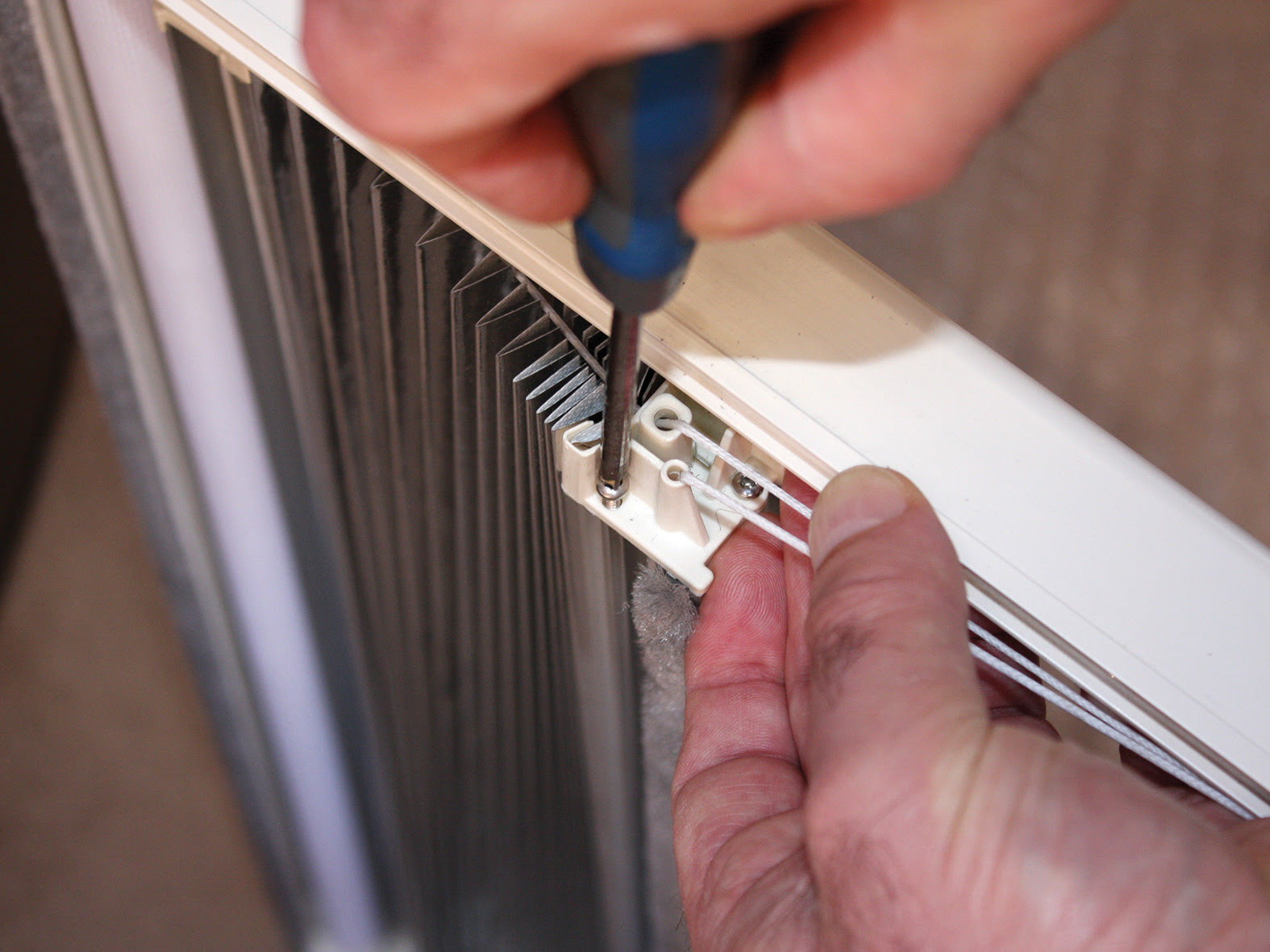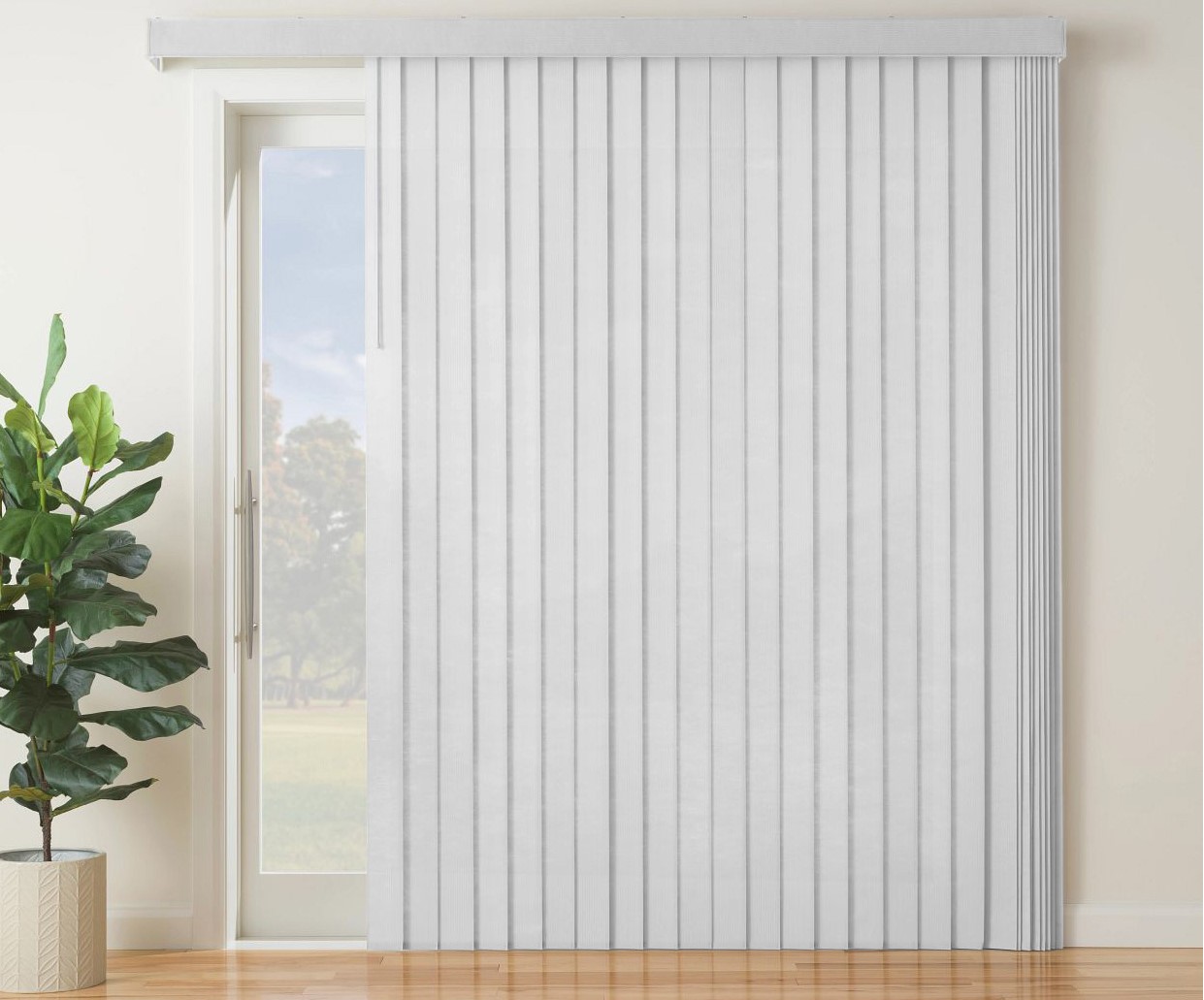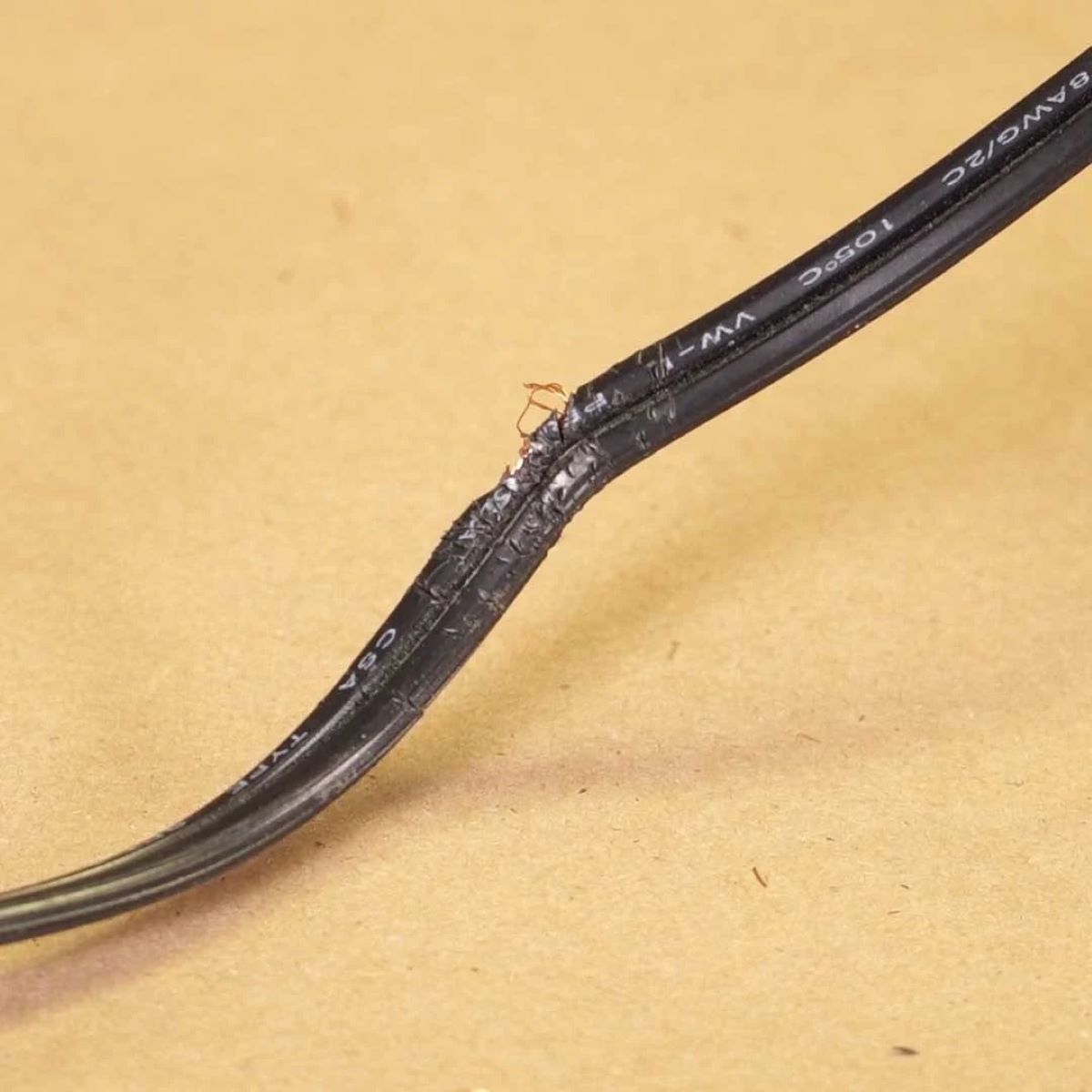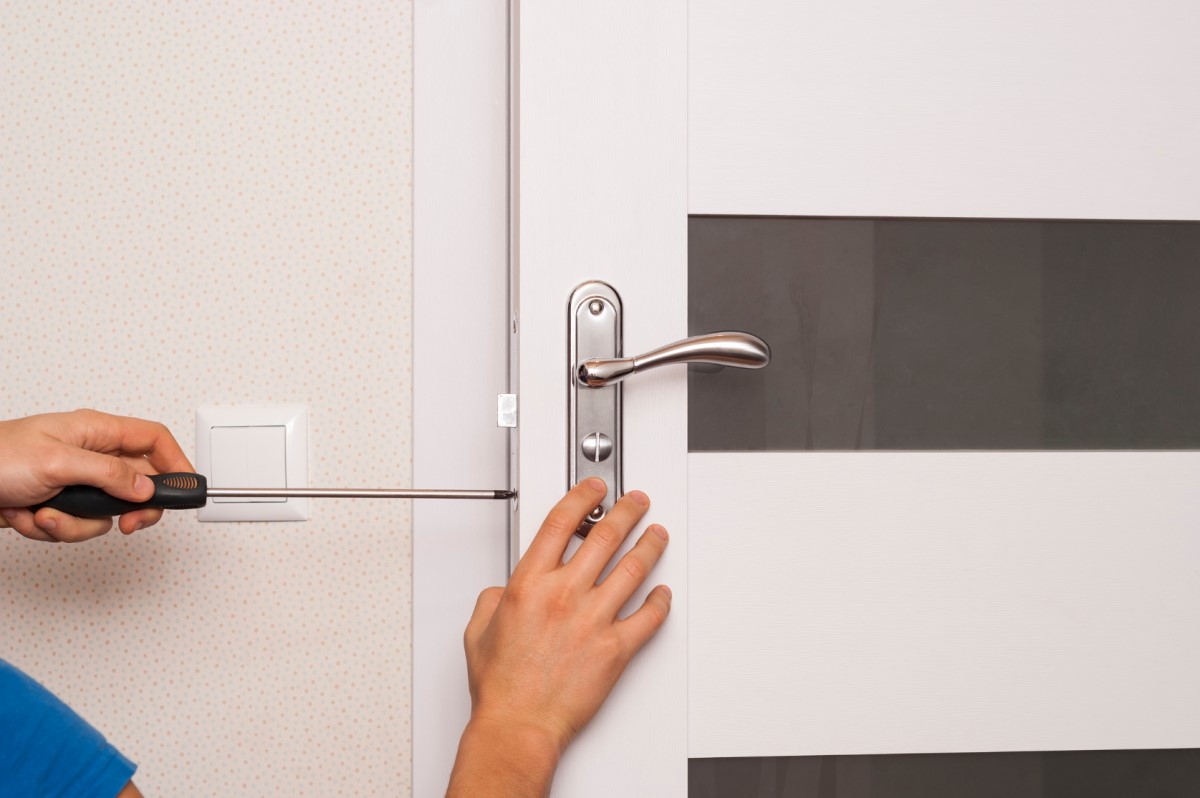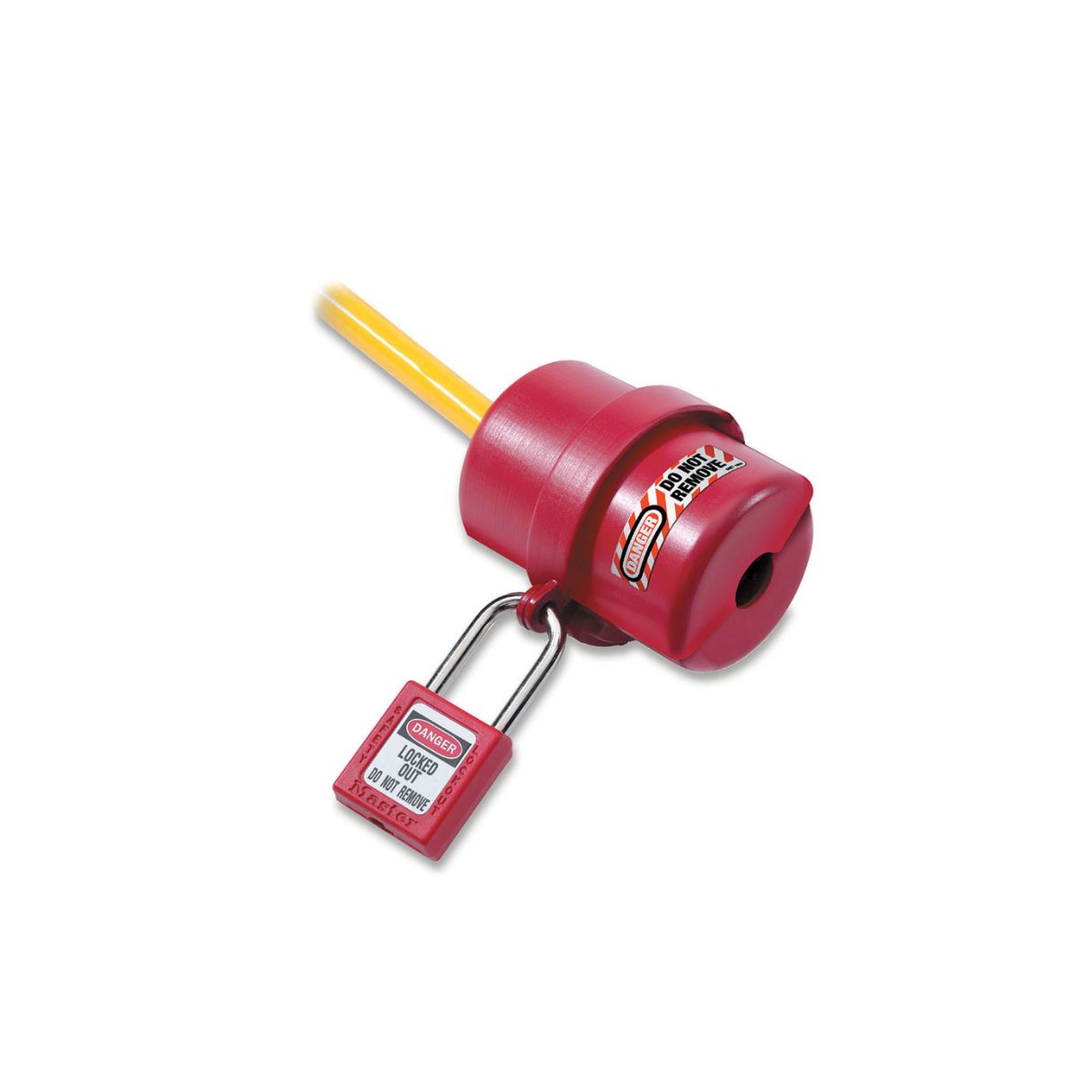

Articles
How To Fix Cord Lock On Blinds
Modified: August 26, 2024
Learn how to fix the cord lock on blinds with our informative articles. Find step-by-step guides and expert tips for easy repairs.
(Many of the links in this article redirect to a specific reviewed product. Your purchase of these products through affiliate links helps to generate commission for Storables.com, at no extra cost. Learn more)
Introduction
Blinds are a popular choice for window coverings due to their functionality and aesthetic appeal. They provide privacy, control over light, and can add a touch of style to any room. One of the key components of blinds is the cord lock, which allows you to raise and lower the blinds with ease. However, like any mechanical device, cord locks can sometimes break or malfunction.
In this article, we will guide you through the process of fixing a cord lock on blinds. We will explain the common problems that can occur with cord locks, the tools you will need for the repair, and provide a step-by-step guide to help you fix the cord lock yourself. So let’s dive in and get those blinds back in working order!
Key Takeaways:
- Understanding the inner workings of cord locks and common problems can empower you to fix your blinds. With the right tools and patience, you can tackle issues like slippage, lack of tension, and jammed cords, restoring your blinds’ functionality.
- Regular maintenance and inspection of your blinds, including the cord lock mechanism, can prevent future problems and ensure smooth operation. Armed with the knowledge from this article, you’ll be able to confidently tackle repairs and have your blinds functioning like new in no time!
Read more: How To Make Corded Blinds Safe
Understanding Cord Locks on Blinds
Before we delve into fixing a cord lock on blinds, it’s important to understand how cord locks function and their role in operating blinds. Cord locks are devices that help you control the position of the blind slats by securing the cords in place. They are typically located at the top or bottom of the blinds, depending on the type and design of the blinds.
A cord lock consists of several parts, including a housing, a spring-loaded mechanism, and a locking mechanism. The housing holds the internal components of the cord lock securely. The spring-loaded mechanism is responsible for tensioning the cord and keeping it in place at various positions. The locking mechanism allows you to lock and unlock the cord to adjust the blinds.
When you pull on the lift cord attached to the blinds, the cord disengages from the locking mechanism, allowing you to raise or lower the blinds to your desired position. Once you release the cord, the spring-loaded mechanism engages again, holding the cord in place.
Understanding the inner workings of cord locks will give you a better idea of how to fix them if they encounter any problems. Let’s move on to explore some common issues that can occur with cord locks on blinds.
Common Problems with Cord Locks
While cord locks are designed to be durable and reliable, they can still experience issues over time. Here are some common problems you may encounter with cord locks on blinds:
- Cord Slippage: One of the most frequent issues is when the cord slips out of the locking mechanism. This can happen if the cord is not properly tensioned or if the locking mechanism is worn.
- Stuck or Jammed Cord: Another problem is when the lift cord becomes stuck or jammed in the cord lock. This can occur due to dirt, debris, or damaged internal components.
- Lack of Tension: If the cord lock does not have enough tension, the blinds may not stay in the desired position and may slowly start to rise or lower on their own.
- Broken Internal Components: Over time, the internal components of the cord lock can wear out or break, leading to issues with the functionality of the blinds.
Now that you are familiar with the common problems that can arise with cord locks, let’s move on to the tools you will need to repair them.
If the cord lock on your blinds is not working properly, try removing the blind from the window and inspecting the cord lock mechanism. Clean any debris or dust, and if necessary, lubricate the mechanism with a silicone spray to improve functionality.
Tools Needed for Fixing a Cord Lock
Before you begin repairing a cord lock on blinds, it’s important to gather the necessary tools. Here are the tools you will need:
- Screwdriver: Depending on the type of blinds and cord lock, you may need a flathead or Phillips screwdriver to remove any screws holding the cord lock in place.
- Pliers: Pliers will be useful for gripping and manipulating the cords or any small components during the repair process.
- Replacement Cord: If the cord is frayed or damaged, you may need to replace it. Make sure to have a replacement cord of the appropriate length and thickness on hand.
- Needle and Thread: In some cases, the cords may need to be reattached or sewn together. Having a needle and thread available will help you repair the cords effectively.
- Lubricant: If the cord lock is sticking or not functioning smoothly, a lubricant such as silicone spray or powdered graphite can help loosen it up and restore proper operation.
- Cleaning Tools: If debris or dirt is causing the cord lock to malfunction, you may need cleaning tools such as a small brush or compressed air to remove any obstructions.
Having these tools ready will ensure that you have everything you need to fix the cord lock on your blinds. Now that you have the necessary tools, let’s move on to the step-by-step guide to fixing a cord lock on blinds.
Step-by-Step Guide to Fixing a Cord Lock on Blinds
Now that you have gathered the necessary tools, let’s walk through the step-by-step process of fixing a cord lock on blinds:
- Identify the problem: Before you start, determine the specific issue with the cord lock. Is the cord slipping out? Is it stuck or jammed? Identifying the problem will help you approach the repair process more effectively.
- Remove the blinds from the window: To work on the cord lock more easily, take down the blinds from the window by removing any mounting brackets or clips. Lay the blinds on a flat surface, such as a table or the floor.
- Inspect the cord lock: Examine the cord lock closely to identify any visible damage or obstructions. Clean the cord lock using a small brush or compressed air to remove any dirt or debris that may be causing the issue.
- Tension the lift cord: If the cord lock lacks tension, you may need to adjust the tension of the lift cord. Locate the tension screw or mechanism on the cord lock and tighten it slightly to increase the tension of the cord.
- Replace the cord: If the lift cord is frayed or damaged, you will need to replace it. Remove the old cord from the cord lock and thread the new cord through the mechanism, ensuring it is properly aligned and secured.
- Reassemble and test: Once you have made the necessary repairs, reassemble the blinds by attaching the cord lock back in place. Hang the blinds back up and test the cord lock to ensure it is functioning correctly. Raise and lower the blinds to verify the cord lock’s reliability.
- Make necessary adjustments: If the cord lock is still not working properly, you may need to repeat some of the previous steps or seek professional assistance. It’s important not to force any components or over-tighten screws, as this may cause further damage.
Following these step-by-step instructions should help you fix a cord lock on your blinds. Remember to take your time, be patient, and refer to any specific instructions provided by the manufacturer. Now, let’s wrap things up.
Read more: How To Fix The String On Blinds
Conclusion
Fixing a cord lock on blinds is a manageable task that can save you money and prolong the life of your window coverings. By understanding how cord locks work, identifying common problems, and having the necessary tools, you can successfully repair a cord lock and restore the functionality of your blinds.
Remember to approach the repair process with caution and take your time to avoid causing further damage. If you encounter any difficulties or feel uncomfortable with the repair, it is always a good idea to seek professional assistance.
By following the step-by-step guide outlined in this article, you should be able to diagnose and fix the most common cord lock issues, such as slippage, jammed cords, lack of tension, or broken components. With a little patience and effort, your blinds will be back in working order, allowing you to enjoy the privacy and light control they provide.
Regular maintenance and inspection of your blinds, including the cord lock mechanism, can help prevent future problems and ensure smooth operation. Keeping the blinds clean, removing any obstructions, and lubricating the cord lock periodically will help extend the life of your blinds and maintain their functionality.
So next time you encounter a cord lock issue on your blinds, don’t panic. Armed with the knowledge from this article, you’ll be able to confidently tackle the repair and have your blinds functioning like new in no time!
If you've mastered fixing a cord lock on blinds, why stop there? Expand your DIY horizons with our guide on securing electrical cords. Efficiently managing power cords can prevent accidents and improve organization in any space. Ready for more hands-on solutions? Dive into our next feature where we delve into the intricacies of a cord lock mechanism. Don't miss out—your household maintenance skills are just getting warmed up!
Frequently Asked Questions about How To Fix Cord Lock On Blinds
Was this page helpful?
At Storables.com, we guarantee accurate and reliable information. Our content, validated by Expert Board Contributors, is crafted following stringent Editorial Policies. We're committed to providing you with well-researched, expert-backed insights for all your informational needs.
